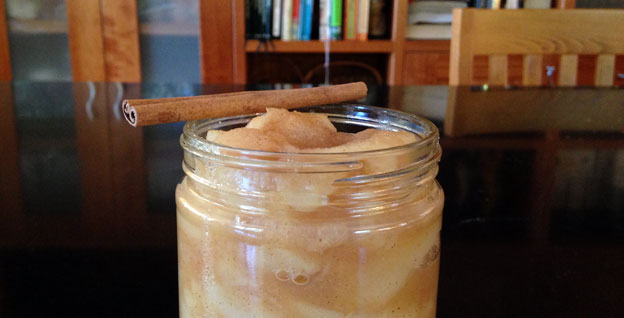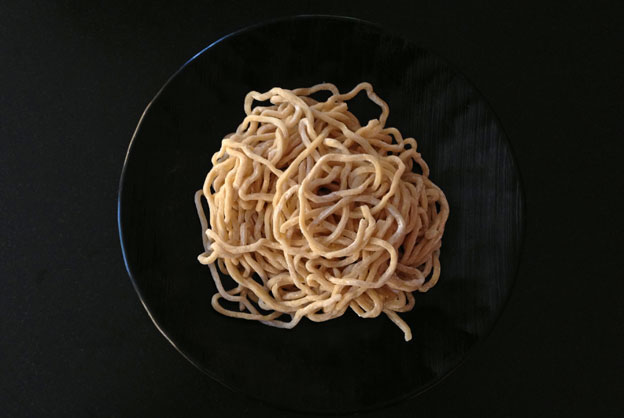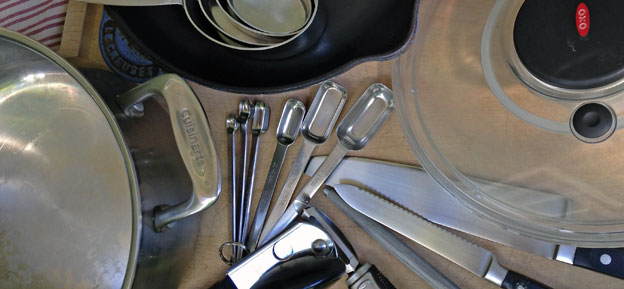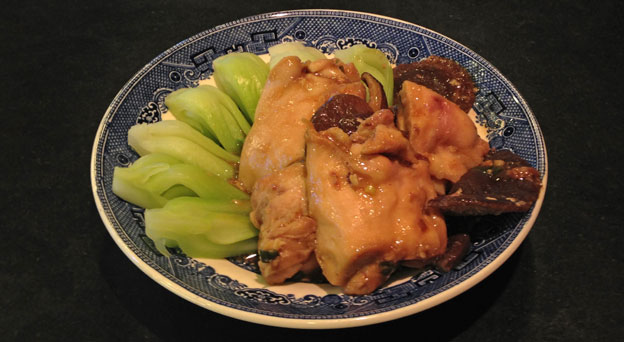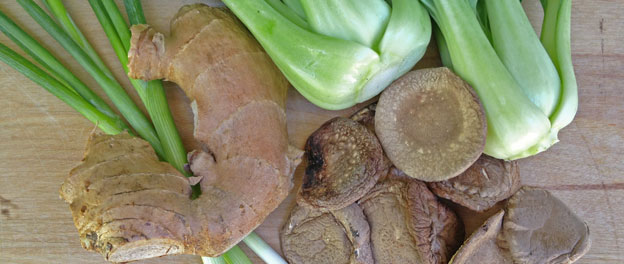In the last decade or so, I’ve been scratching my head over how to think about genetically modified agricultural products. The debates over GM ag were no-holds-barred mud fights, and I was wary of the claims made by either side of the issue. Recently, The New York Times published an article by Amy Harmon, “A Lonely Quest for Facts on Genetically Modified Crops” (Jan. 4, 2014). It generated more than 1,400 reader responses. Thinking that they would help give me some perspective on the issues, I shoveled through the comments, trying to sift out the hyperbole to reveal the nuggets of relevant information.
I didn’t read through them all — I’m a blogger, not a martyr! — but I only put away my fine meshed sieve when the comments started rehashing points that were only repeating things that I’d already seen. This is what I learned: my opinion about GM crops continues to be cautious. It boils down to a couple of points. First, GM crop technologies have not been adequately tested for long term consequences. Second, we are underutilizing agricultural solutions that would limit or eliminate the supposed “need” for GM crops. So, as I can, I’ll vote with my wallet by avoiding products made with GM crops. It would be helpful if food products were labelled, maybe with a “GM-Yes” or a “GM-No” on the ingredients list. The rest of this post shares some of my rationale. It was really interesting to delve into this topic. Hope you find it as interesting as I did! But now I think I’ll go shower off all that mud….

Just to be clear, this post is only about crops, not animals or medicines or other GM products. The vast majority of GM plants falls into two categories: those that are created to be resistant to herbicides like glyphosate (most popularly sold under the brand name Roundup by Monsanto), and those that are created with a pesticide (most often Bt) spliced into the genes of the plant itself. Glyphosate-resistant crops include soy, corn, canola, sugar beets, papayas, and alfalfa: in the US, most of these crops grown are now glyphosate-resistant varieties. Bt-GM plants include corn, potato, and cotton.
I’m leery of GM plants because longitudinal studies of long-term consequences have not been carried out. Studies done by the manufacturers are closely guarded industry secrets. Though the US government declared these plants to be safe, its history of backstepping on products that had previously been declared safe is long: BPA plastics, tobacco, agent orange, dioxins, DDT, asbestos, and lead paint, to name just a handful. To me, skepticism is merited. Even if the plants themselves are safe for our health and the environment, glyphosate use should be monitored more closely. When properly applied, studies show that glyphosate is among the most benign herbicides currently available; however, over application and improper application have negative consequences. The same way that overuse and improper use of antibiotics have contributed to the rise of “superbugs,” glyphosate resistant weeds have proliferated. Similarly, though Bt is used as an organic insecticide, it is used topically, where it degrades naturally in sunlight or washes off. Bt is not meant to be eaten by people or food animals, but the Bt in the Bt crops are, by necessity, eaten, and again, long term studies on potential health and environmental effects have not been done. Meanwhile, Bt resistant insects are also emerging. New, more intractable problems are being created by technologies meant to help us.
One solution is to support well-documented agricultural practices that have been shown to increase the resilience and strength of the environment and desirable plants. Among other steps, farmers should encourage and support a diversity of species, move away from the monocultural/factory model that is essentially an all-you-can-eat buffet for pests, and plant native species along the edges of fields, roadside ditches, and waterways to reduce run-off. Agricultural scientists and farmers can and should develop other techniques that rely on mechanical and structural changes to reach our agricultural goals.
The politics surrounding GMO ag suggests the wisdom of caution as well. “Politics” includes the host of social and cultural issues that aren’t about the actual plants themselves: government regulation, corporate control of agriculture, world wide population growth, consumer expectation of cheap food, etc. Sixty countries have banned, require labeling, or restrict the growth of GM crops, but rather than interpreting these policies as precautionary, GM ag supporters call it a result of political pressure and scare tactics.
Some opponents of GM crops distrust the corporations who develop and market these products. They suspect that, as a general rule, corporations value profits over the public good (think: tobacco, credit default swaps, and the insurance industry); therefore, corporations responsible for GM crops deserve heightened scrutiny. They fear that agriculture and food production will become controlled by a few large corporations. And after all, the most likely way to combat superweeds and superbugs created by GM crops is via more technological intervention, again, most likely provided by the corporations whose products first created these problems. This is already happening. I recently read a newspaper article about the next generation of GM crops, which modifies the RNA of target crops: corporations hope to have these new seeds available by the end of the decade. If the cycle continues, will farmers and individuals be able to grow food outside of the shadow cast by corporations? What are long term health and environmental consequences of these technologies?
Meanwhile, supporters of GM crops cite increased yields and nutrition to feed an ever-growing world population. The opposition contests this claim. Regardless, worldwide population growth does not need to be inevitable. In addition, a majority of GM crops currently grown are commodity or cash crops, used for animal feed, processed foods, and biofuels. They are typically not used to feed hungry populations across the globe. Meanwhile, rates of obesity, diabetes, cardiovascular disease, and other medical issues in the developed world have exploded ever since cheap, processed foods flooded grocery stores and since food costs as a percentage of total household spending have continued to drop. In the US, consumers have been trained to put a low value on food, but what we don’t pay up front, we surely pay later in health and environmental costs. From a global perspective, ⅓ of food grown for people is wasted, and in the US, the percentage of food waste is even higher. The amount of food lost or wasted every year is equivalent to more than half of the world’s annual cereals crop! Focusing on political solutions would be positive for the environment and for people.
Other points are contested by both sides of the issue: whether GM crops have sterile seeds or are self-replicating, whether GM ag products with added nutrients, such as vitamins, are absorbed by the human body in the same way as nutrients that have not been transgenically manipulated, and whether GM crops are as “natural” as crops created by hybridization techniques. I don’t have the answers to all these contested issues. But let’s hang up a big old PROCEED WITH CAUTION sign, and study each GM crop product for 50, or better yet, 100 years. It’s a long time for us, but for Mother Earth, it’s just a blink of the eye.
Caution photo by Michael Theis

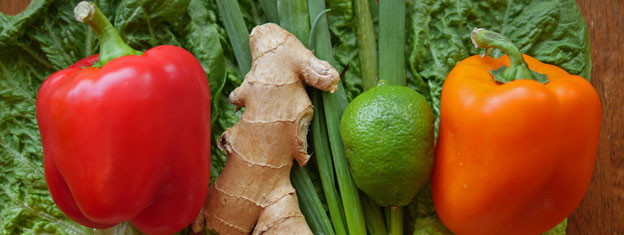




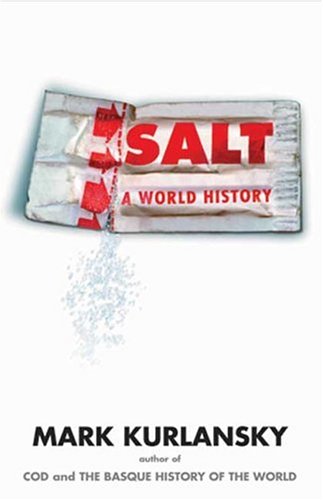 Sweeping through swaths of world history, Kurlansky details beliefs, production, trade, government policies, military strategy, scientific discoveries, and technological innovations demonstrating salt’s crucial role in human endeavors. The transformation of communities into civilizations depended on their ability to first extend and stabilize their food supply. Civilizations from the Incas to Asian India were founded not only by rivers, but also near places with access to salt. Salt became economically important as communities expanded: though salt, which is relatively bulky, was usually not exported on its own, it was used to preserve food that was then profitably sold. Wars were won or lost depending on an army’s access to salt to make and preserve food, for medicine, and to maintain livestock or horses for cavalry or hauling supplies. In example after example, Kurlansky illustrates how salted foods shaped economies for four millennia, and with economies, also government policies. Even as recently as 1930, Mohandas Gandhi sparked the independence movement in India against British rule by leading a campaign to deliberately break the laws prohibiting local harvesting of salt.
Sweeping through swaths of world history, Kurlansky details beliefs, production, trade, government policies, military strategy, scientific discoveries, and technological innovations demonstrating salt’s crucial role in human endeavors. The transformation of communities into civilizations depended on their ability to first extend and stabilize their food supply. Civilizations from the Incas to Asian India were founded not only by rivers, but also near places with access to salt. Salt became economically important as communities expanded: though salt, which is relatively bulky, was usually not exported on its own, it was used to preserve food that was then profitably sold. Wars were won or lost depending on an army’s access to salt to make and preserve food, for medicine, and to maintain livestock or horses for cavalry or hauling supplies. In example after example, Kurlansky illustrates how salted foods shaped economies for four millennia, and with economies, also government policies. Even as recently as 1930, Mohandas Gandhi sparked the independence movement in India against British rule by leading a campaign to deliberately break the laws prohibiting local harvesting of salt.